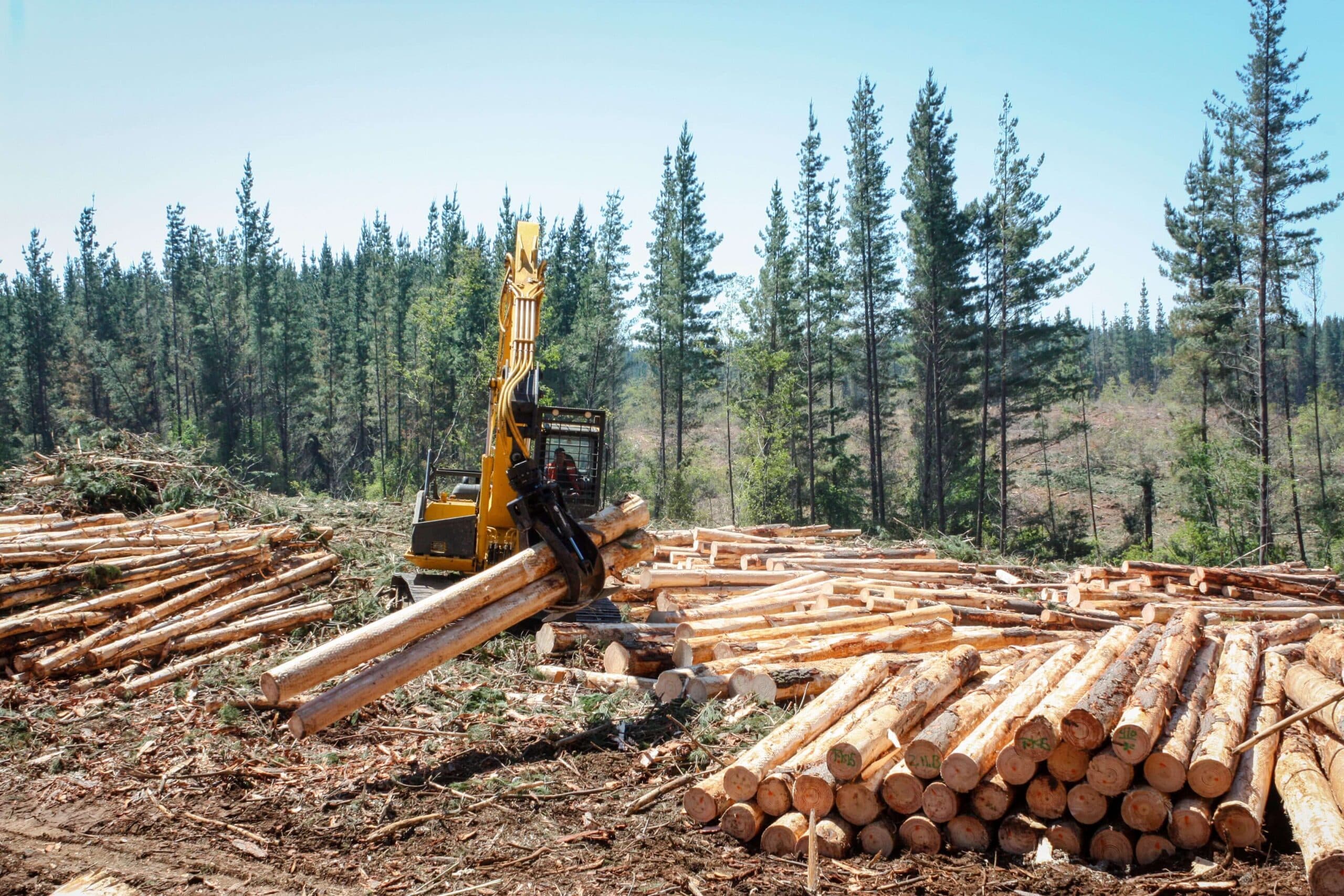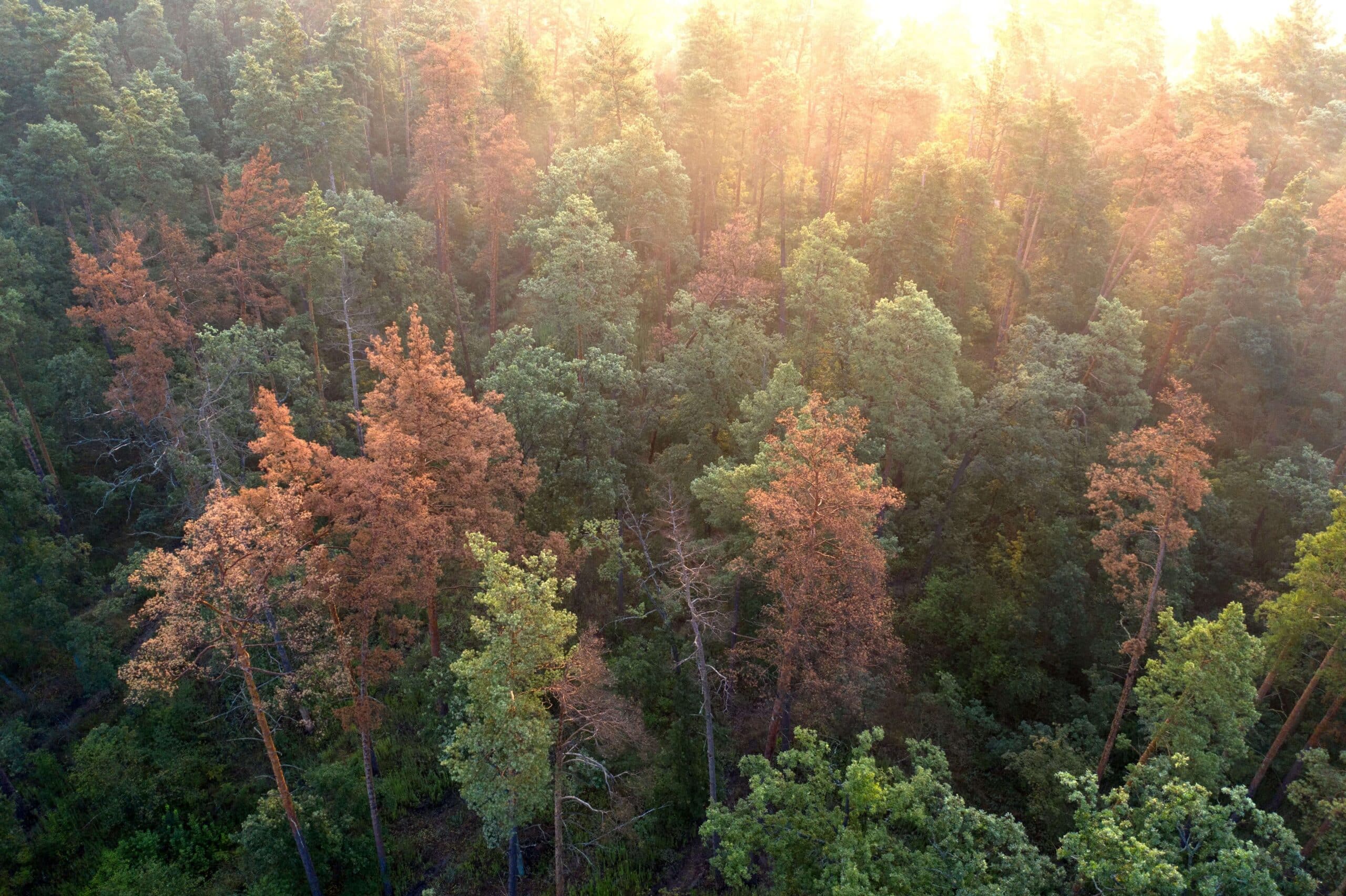
As nature’s majestic giants, trees play a vital role in the ecosystem, providing us with oxygen, shade, and beauty. However, just like any living organism, trees have a lifespan, and they can eventually succumb to various factors that lead to their demise. In this comprehensive guide, we will delve into the question, “How do trees die?” and explore the diverse reasons behind tree mortality, along with steps to identify and prevent potential threats. Let’s embark on this journey to better understand what causes a tree to die.
How Do Trees Die? Most Common Reasons
Trees, like all living organisms, have a finite lifespan. Their journey from saplings to towering beings goes through several stages, each with its own set of challenges and vulnerabilities. The process of how trees die can be attributed to a combination of intrinsic and extrinsic factors, which we will delve into further.
1. Natural Aging Process
Trees, like any living beings, go through a natural aging process. As they mature, their ability to photosynthesize and transport nutrients declines, leading to reduced vigor and eventual death.
2. Disease and Infections
Trees can fall victim to various diseases caused by fungi, bacteria, viruses, or pests. These pathogens can weaken the tree’s defense mechanisms, causing decay, rot, and ultimately, death.
3. Environmental Stressors
Extreme weather conditions, such as drought, floods, hurricanes, or storms, can put immense stress on trees, affecting their health and survival.
4. Soil Depletion
Trees rely on nutrient-rich soil for sustenance. Prolonged depletion of essential minerals and nutrients in the soil can weaken the tree’s root system, hindering its ability to absorb water and nutrients.
5. Competition for Resources
Trees in crowded forests or urban settings may face intense competition for resources like sunlight, water, and space, leading to reduced vitality and increased vulnerability to death.
6. Physical Damage
Mechanical injuries caused by human activities, like construction work or vehicle accidents, can severely harm trees, making them susceptible to infections and decay.
7. Pollution
Air and soil pollution can have detrimental effects on tree health, impacting their ability to photosynthesize and grow.
8. Climate Change
Global warming and climate change are posing significant threats to trees worldwide. Shifting climate patterns, such as temperature fluctuations and altered precipitation, can disrupt tree growth and survival.
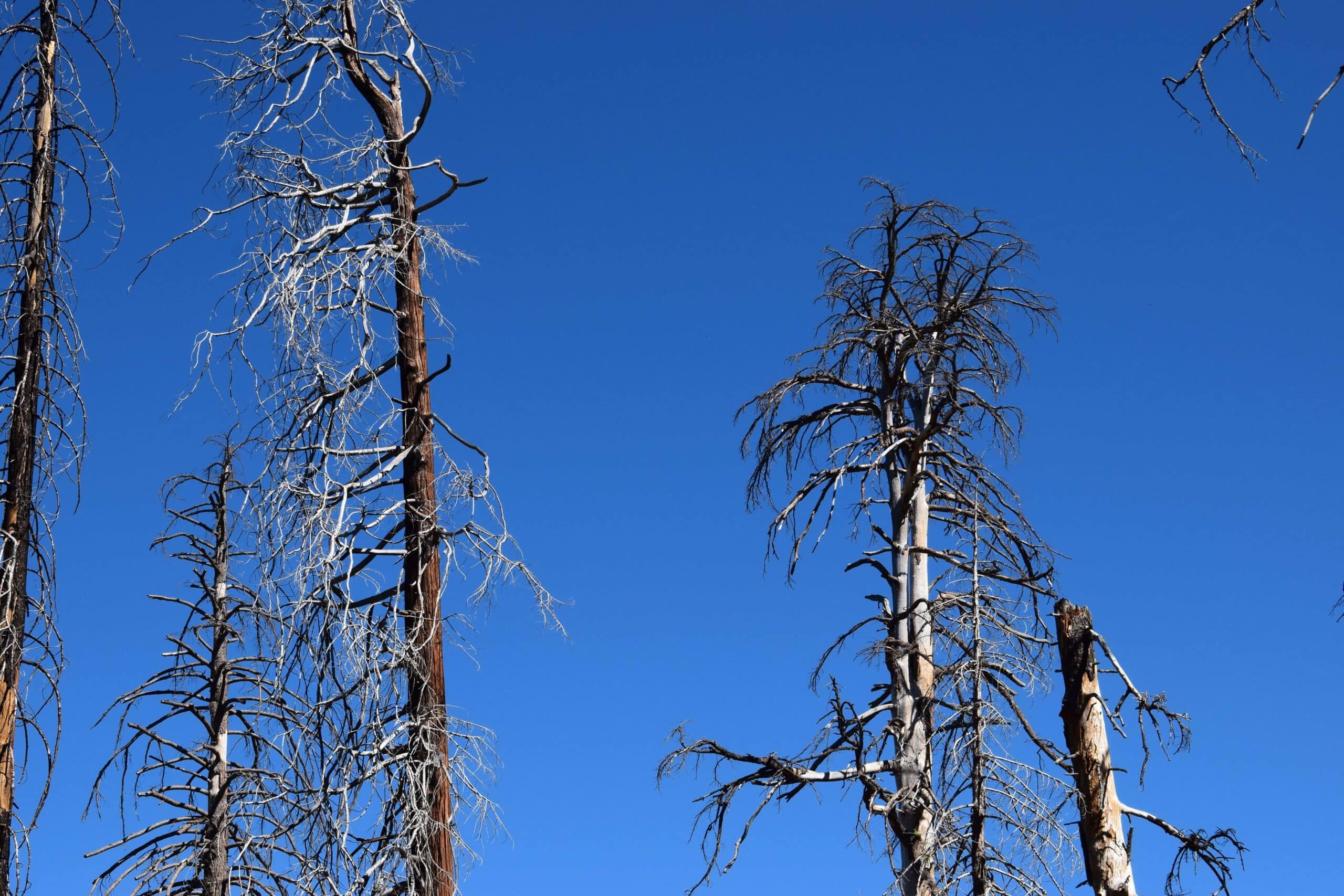
9. Invasive Species
The introduction of invasive plant species can disrupt the natural balance of an ecosystem, affecting tree health and leading to their death.
10. Deforestation
Human activities like logging and deforestation can result in the loss of vast tree populations, negatively impacting biodiversity and ecological balance.
11. Tree Infestations
Insects and pests can infest trees, causing substantial damage and weakening their ability to thrive.
12. Fire
Forest fires, whether natural or human-caused, can devastate large areas of woodland, resulting in tree mortality and habitat destruction.
13. Chemical Exposure
Exposure to harmful chemicals, such as herbicides and pesticides, can harm trees and cause long-term health issues.
14. Root Compaction
Heavy foot traffic and construction near tree roots can compact the soil, reducing oxygen supply and impeding water absorption.
Signs of a Dying Tree
Recognizing the signs of a dying tree is crucial in taking timely action to address the issue and potentially save the tree. Here are some common indicators of tree decline:
- Leaf Discoloration
- Thinning Canopy
- Dead Branches
- Cracks or Cankers
- Fungal Growth
- Insect Infestations
- Premature Leaf Drop
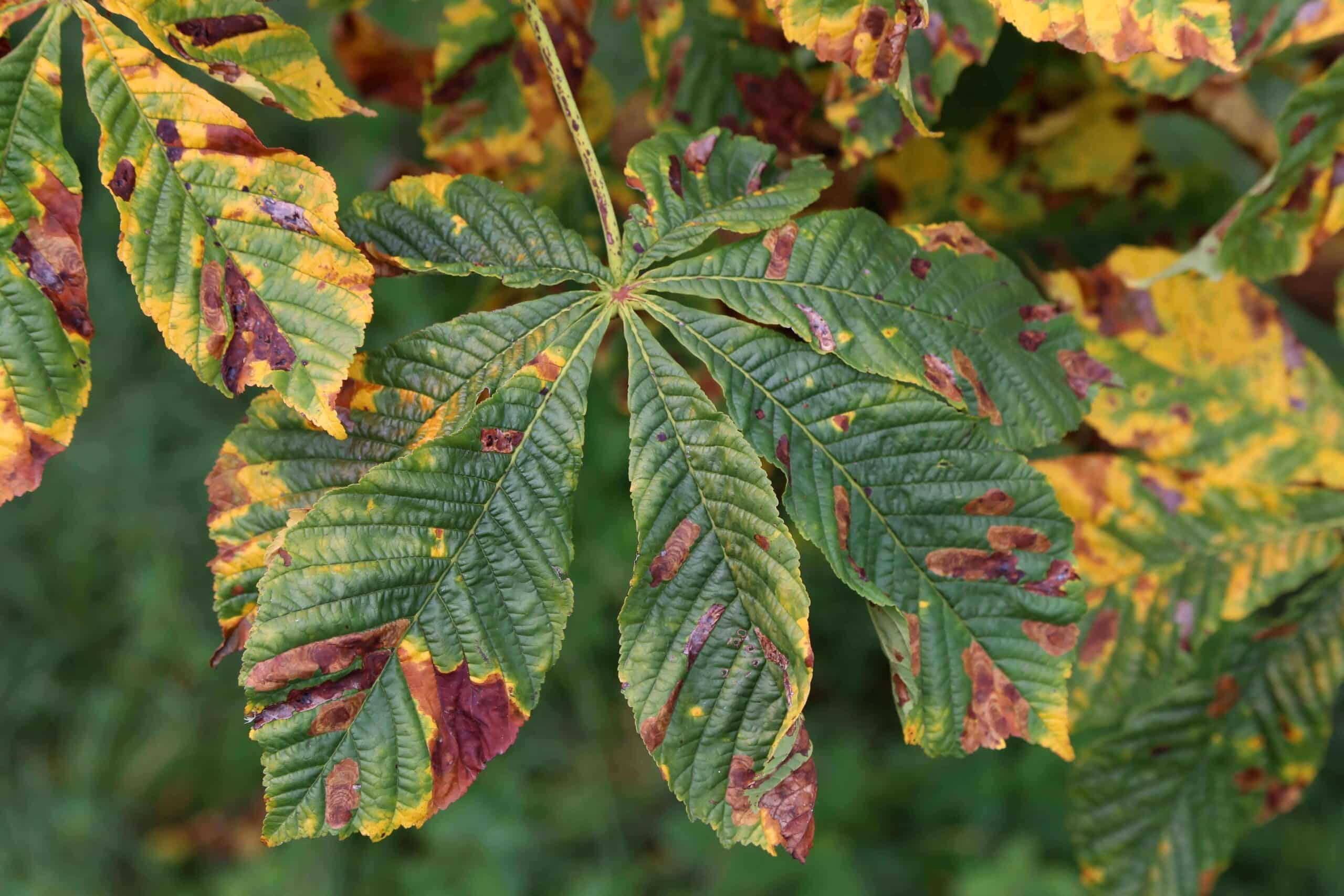
What Causes a Tree To Die? Environmental Vs. Human Factors
Environmental Stressors
Environmental stressors play a significant role in the life and health of trees. While some stressors are natural, others are influenced by human activities. Let’s explore some of the key environmental factors that can cause trees to die.
- Drought and Water Stress: Trees need water to survive and thrive. Prolonged drought and water stress can weaken trees, making them vulnerable to diseases and pests.
- Extreme Temperatures: Extreme heat or cold can be detrimental to trees, especially when they face sudden fluctuations.
- Soil Conditions: Soil provides essential nutrients and support to tree roots. Poor soil quality or contamination can hinder a tree’s ability to absorb nutrients and water.
- Diseases and Pests: Trees, like all living organisms, are susceptible to diseases and pests. Some common tree ailments and infestations can have devastating consequences.
- Fungal Infections: Fungi can cause various diseases in trees, such as root rot and canker diseases.
- Insect Infestations: Insects, such as bark beetles and emerald ash borers, can wreak havoc on trees, causing significant damage.
- Tree Bacteria and Viruses: Bacteria and viruses can also infect trees, leading to declines in health and eventual death.
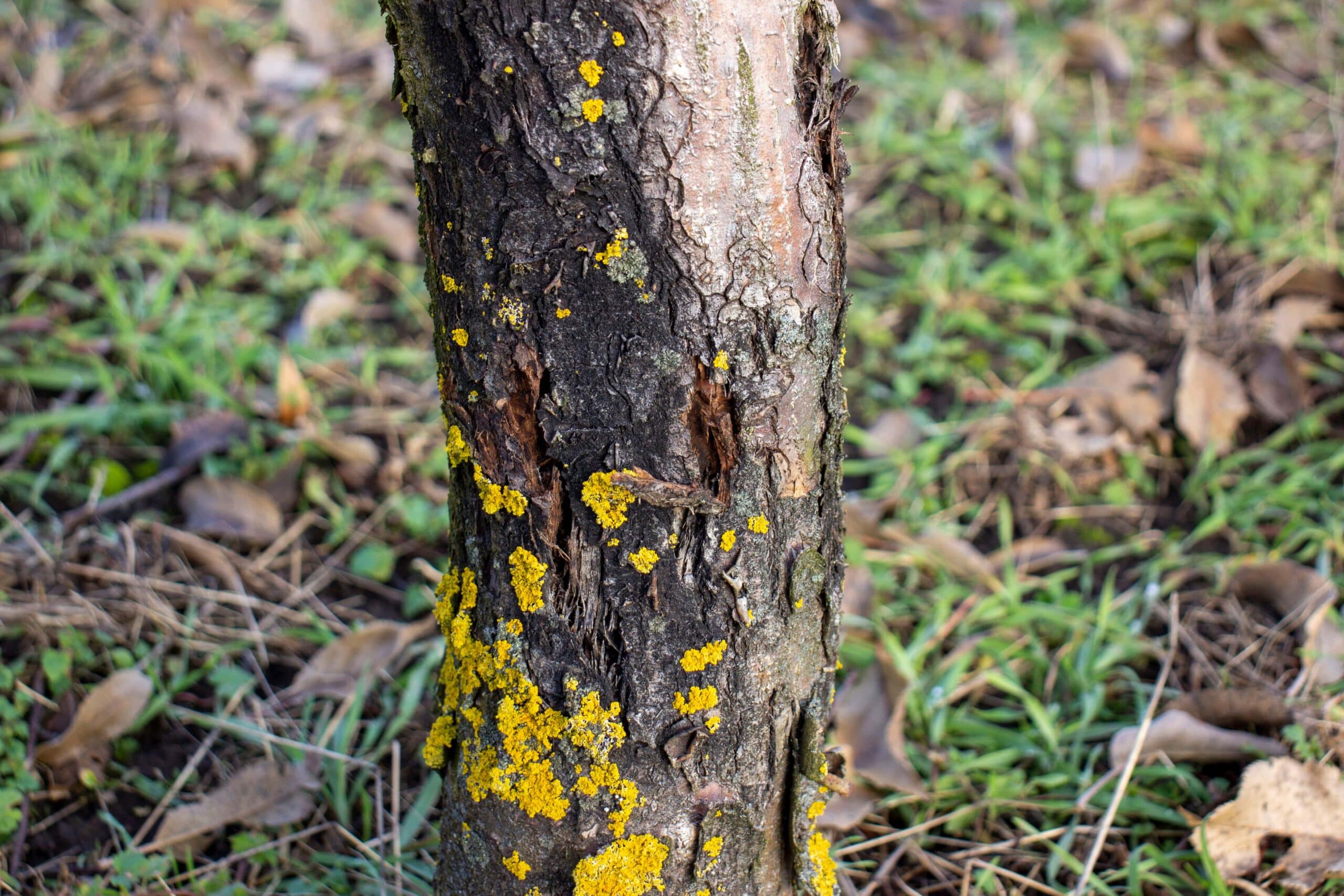
Human-Induced Causes
Unfortunately, human activities can also contribute to tree mortality. Understanding these factors is crucial to mitigating their impact.
- Deforestation and Habitat Loss: Deforestation and habitat loss disrupt ecosystems and lead to the death of numerous tree species.
- Urbanization and Construction: The expansion of urban areas and construction projects often result in habitat destruction and damage to tree roots, impeding their ability to absorb water and nutrients.
- Pollution and Toxins: Air and water pollution, as well as chemical exposure from pesticides and herbicides, can harm trees and disrupt their natural processes.
- Improper Pruning and Maintenance: Incorrect pruning techniques can create open wounds on trees, leaving them susceptible to infections and decay.
- Invasive Species and Pests: Introduced pests and invasive species can rapidly spread and decimate tree populations, disrupting the natural balance of ecosystems.
Preventive Measures to Ensure Tree Health
To maintain healthy trees and prolong their lifespan, proactive measures are essential. Here are some preventive steps you can take:
- Regular Inspections: Conduct periodic tree inspections to identify any signs of distress or disease early on.
- Proper Watering: Provide adequate water during dry periods to ensure trees receive sufficient hydration.
- Mulching: Apply mulch around the base of the tree to retain moisture, regulate temperature, and improve soil structure.
- Pruning: Regularly prune dead or diseased branches to promote healthy growth and reduce the risk of infection.
- Fertilization: Consider fertilizing trees with appropriate nutrients to bolster their health and growth.
- Avoid Soil Compaction: Minimize soil compaction around the tree’s root zone by limiting foot traffic and construction activity.
- Plant Drought-Resistant Species: Choose tree species that are well-adapted to your climate and less susceptible to drought.
- Pest Management: Implement pest control measures to prevent infestations and protect tree health.
In Need of Professional Tree Removal Services?
Understanding how trees die is crucial for promoting sustainable tree management and conservation. As a dedicated team of tree service experts at Treewurk, we are committed to assisting you in preserving the health and beauty of your trees in Atlanta, GA, and its surrounding areas (Marietta, Alpharetta, Kennesaw, Acworth, Woodstock, East Cobb, Smyrna). If you require tree removal services or professional tree care, don’t hesitate to contact us today. Let’s work together to ensure the longevity of our beloved trees and the environment they enrich.
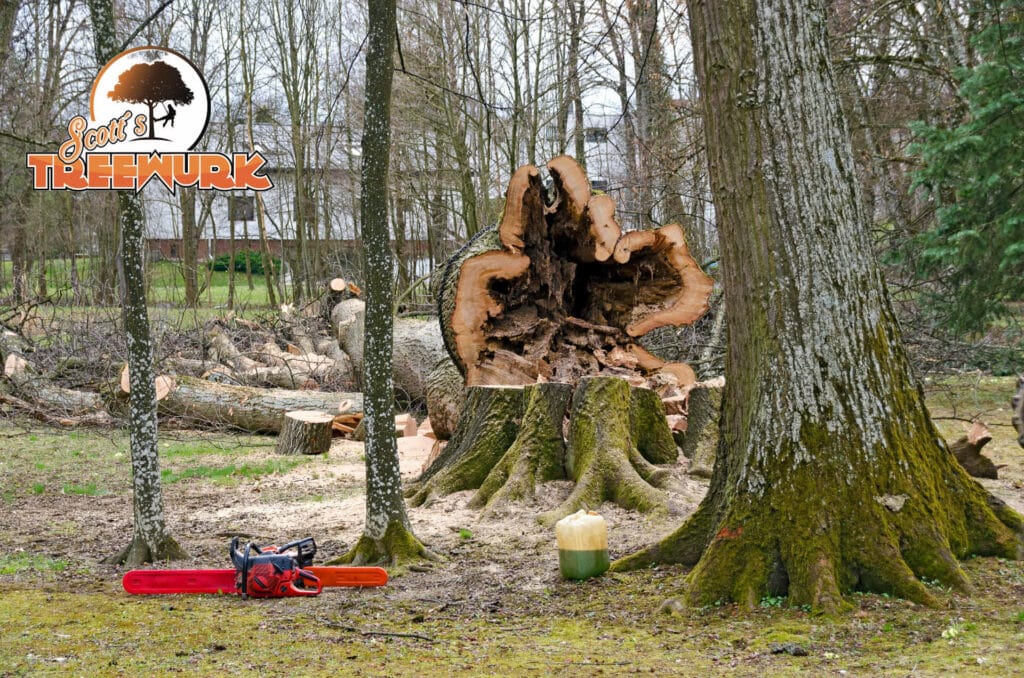
FAQs
In most cases, a tree tends to die from the top downward. As a tree ages or faces adverse environmental conditions, it may struggle to maintain its upper canopy’s vitality. As a result, the upper branches and leaves may show signs of decline, such as wilting, discoloration, or dieback. Over time, the damage can spread downwards, affecting the lower branches and eventually the trunk. However, there can be exceptions, and certain diseases or factors may lead to tree death from the bottom up, particularly when the roots or lower trunk are affected.
The lifespan of a tree varies significantly depending on its species, environmental conditions, and overall health. Some tree species are short-lived and may only survive for a few decades, while others, such as oak or redwood trees, have the potential to live for centuries or even over a thousand years under favorable conditions.
On average, many urban and ornamental trees live anywhere from 20 to 100 years, while trees in natural forests or undisturbed environments can often live much longer. The oldest known tree is a Great Basin Bristlecone Pine named “Methuselah,” estimated to be over 4,800 years old.
In some cases, trees can overcome mild infections through their natural defense mechanisms. However, it’s essential to monitor the tree’s health and consider implementing proper treatments, such as pruning affected branches or applying disease-resistant treatments, to prevent the spread and aid recovery.
If you suspect that your tree is dying, it’s essential to act quickly. Consult with a certified arborist or tree care professional to assess the tree’s condition and identify potential issues. Early intervention can make a significant difference in saving a tree’s life.
Yes, some warning signs of root system issues in trees include reduced foliage, premature leaf drop, leaning or tilting of the tree, and visible decay or damage at the base of the trunk.

